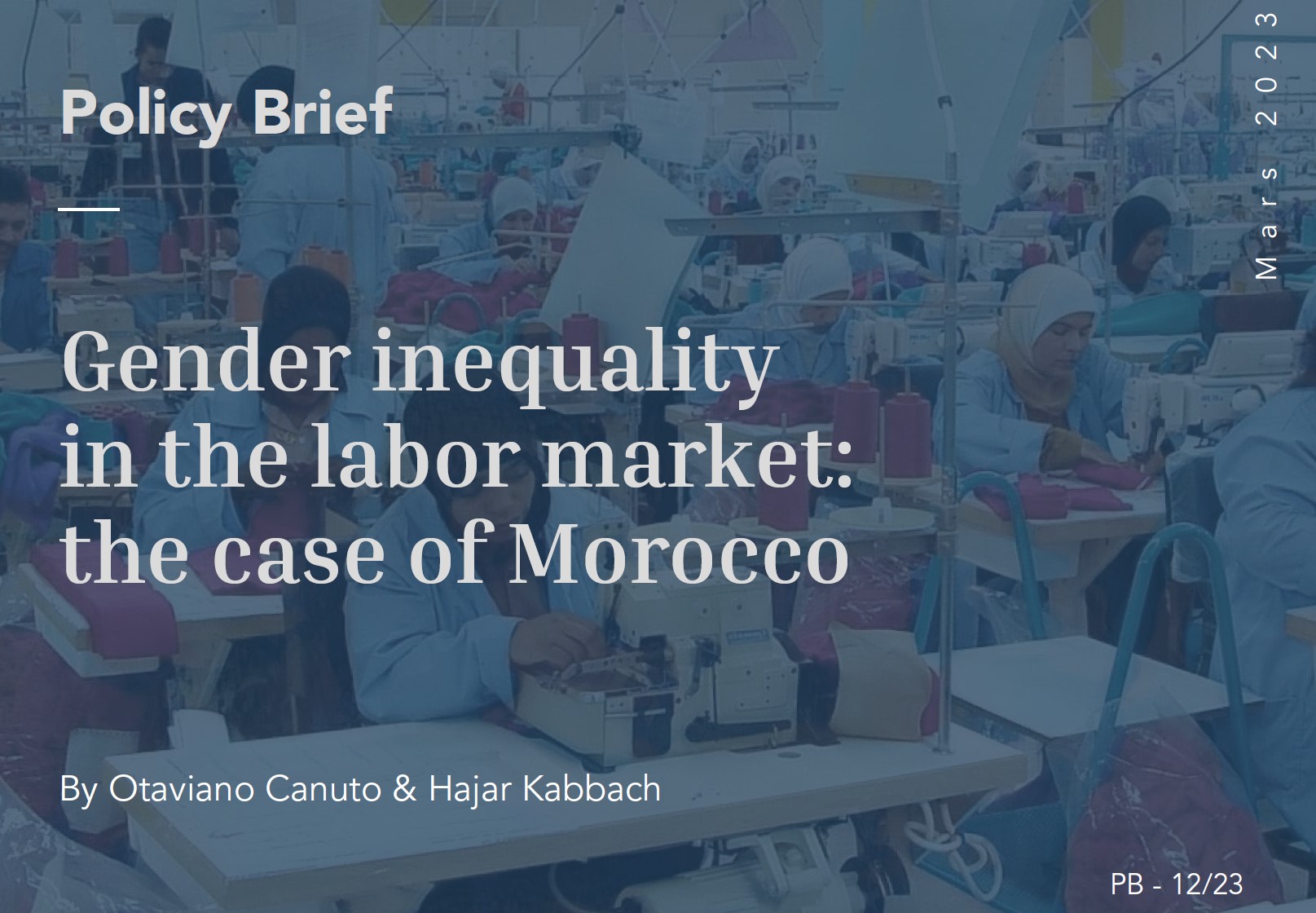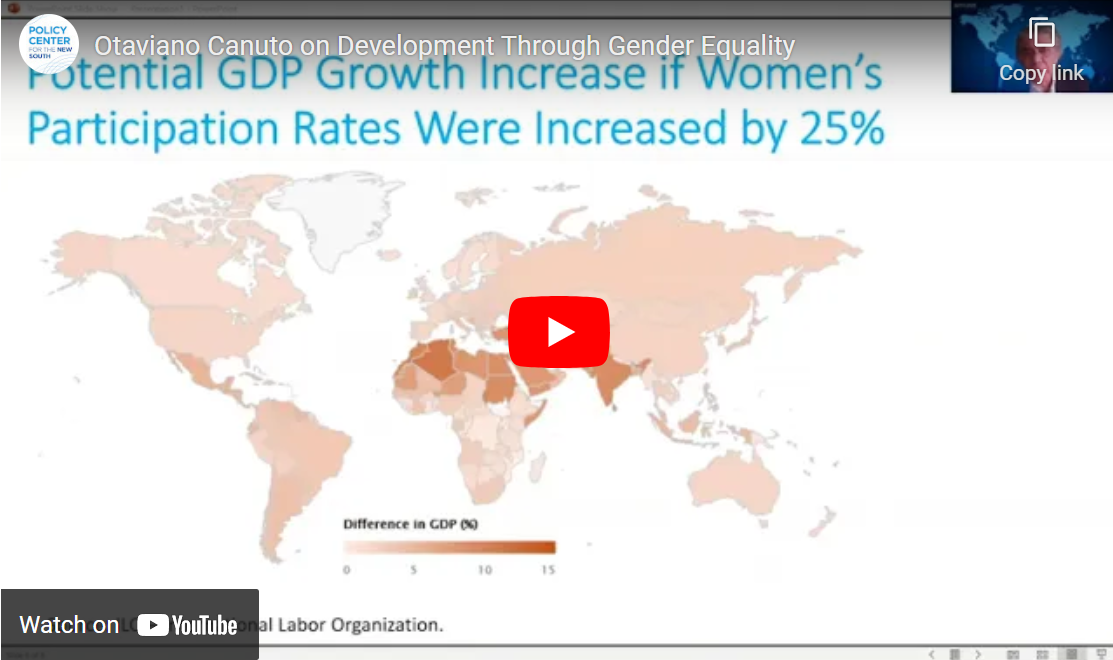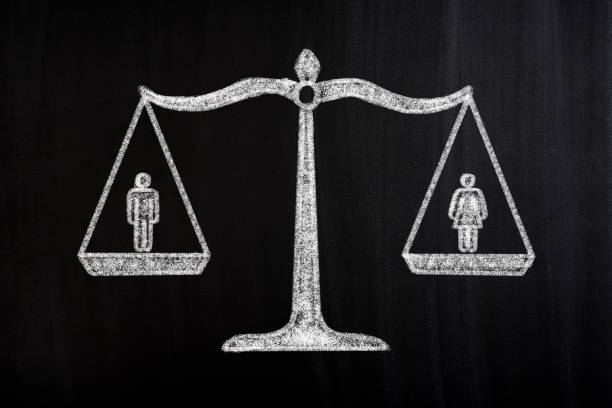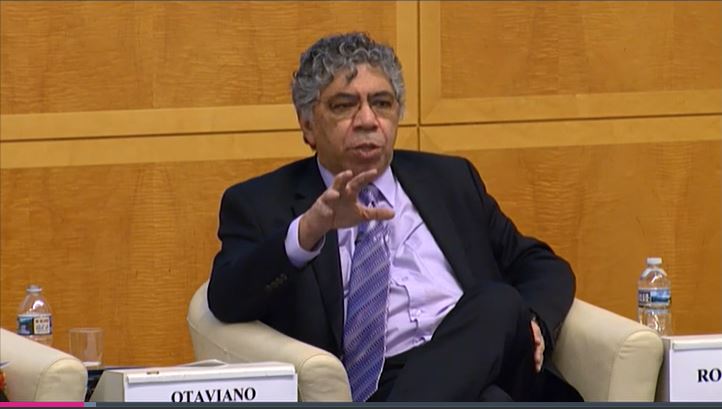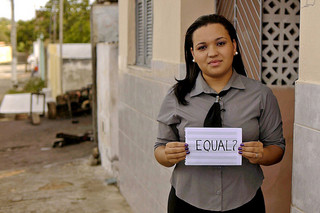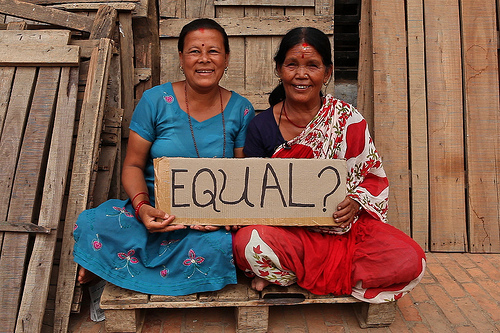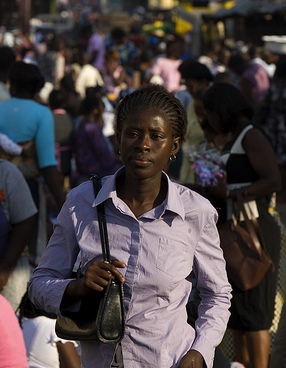Gender inequality in the labor market: the case of Morocco
Gender disparities in the labor market persist as a serious challenge, resulting in lower participation rates for women than men. This gender gap in labor force participation varies considerably across regions, with female participation rates consistently lagging men. After some progress during the last few decades, the multiple crises faced by the global economy in recent times – pandemic, the war in Ukraine, rising risks of climate change, and slowing growth after high inflation – have meant a setback to progress in reforms toward the empowerment of women in labor markets. We approach here how Morocco can strengthen productivity and economic growth by pursuing reforms to reduce gender inequality of opportunities.

